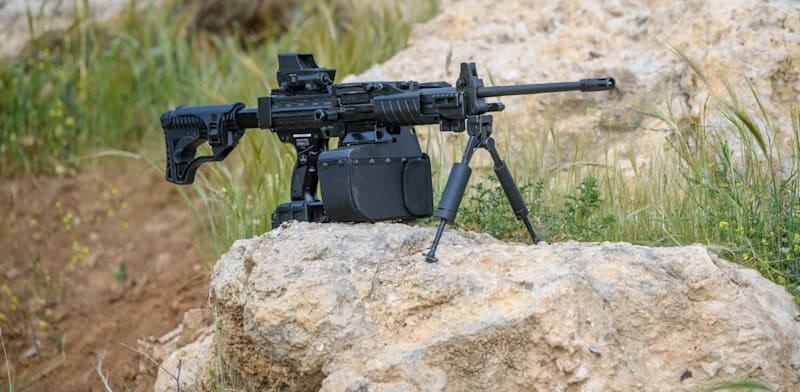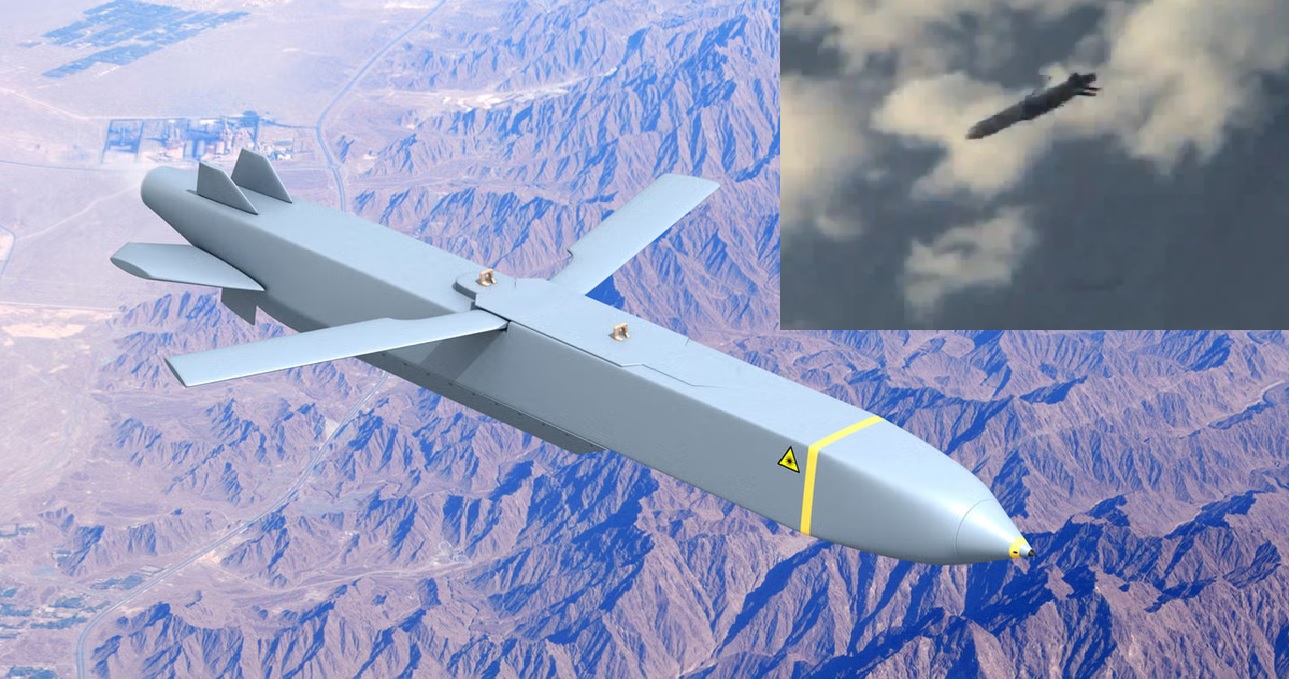MILSAR SAR/MTI Radar Detecting Drifting Mines in the Black Sea and Beyond - Unveiled at SAHA 2024

At the SAHA 2024 defense exhibition in Istanbul, Meteksan Defence showcased its groundbreaking radar system, the MILSAR SAR/MTI. This cutting-edge radar is rapidly becoming a game-changer for intelligence, surveillance, and reconnaissance (ISR) operations, particularly in the realm of unmanned aerial vehicles (UAVs). With its ability to detect drifting mines in the volatile Black Sea, the MILSAR has demonstrated its operational capabilities in a real-world conflict zone, marking a crucial milestone in military radar technology.
Developed under the Turkish Defence Agency (SSB) project, MILSAR is built to provide superior intelligence-gathering for both military and non-military missions. The radar’s sophisticated integration of Synthetic Aperture Radar (SAR) and Moving Target Indicator (MTI) functionalities sets it apart, enabling it to operate efficiently across various weather conditions, day or night. This is particularly crucial in Türkiye, where cloud cover and other visibility challenges persist for much of the year.
One of the highlights of this system is its ability to function in conjunction with drones like the Bayraktar TB2, Aksungur, and ANKA. The MILSAR's multi-mode capability—offering both Stripmap and Spotlight modes—enables wide-area surveillance as well as precise target imaging. In Stripmap mode, the radar can scan vast expanses, providing real-time, high-resolution images with up to 30-centimeter accuracy. This makes it an invaluable tool for missions requiring detailed reconnaissance over large territories. In contrast, Spotlight mode allows for highly focused, pinpoint imaging, crucial for operations that demand precision in identifying specific targets, even in poor visibility conditions such as fog, rain, or nighttime operations.
The ability to detect moving targets, whether on land or at sea, is another key feature of MILSAR. Ground Moving Target Indication (GMTI) allows for tracking vehicles or personnel on the ground, while Maritime Moving Target Indication (MMTI) and Inverse Synthetic Aperture Radar (ISAR) extend these capabilities to detect and monitor vessels in maritime environments. These functionalities make MILSAR highly versatile, suitable for both military engagements and missions like border surveillance or coastal patrols.
Perhaps the most compelling aspect of MILSAR is its role in detecting drifting mines in the Black Sea, a task born out of necessity due to the ongoing conflict between Ukraine and Russia. The radar, installed on UAVs like the Aksungur, has been able to identify and classify drifting mines with remarkable accuracy, even before fully completing its research and development phase. This success underscores the radar’s operational maturity and its critical role in addressing emerging maritime threats. In tandem with electro-optical/infrared (EO/IR) systems, MILSAR enhances the UAV's ability to gather intelligence and improve situational awareness for naval forces operating in contested waters.
Beyond mine detection, the MILSAR radar system has a wide array of potential applications. Its ability to perform under adverse weather conditions, combined with its low weight (less than 30 kg) and minimal power consumption, makes it a valuable asset for a variety of UAV platforms. Its lightweight design also opens doors for integration into drones of various sizes, offering significant flexibility for both military and civilian applications. Countries like Pakistan, with its Shahpar-1 and Shahpar-2 UAVs, could benefit immensely from MILSAR’s capabilities, especially in challenging environments where visibility is often poor, and real-time intelligence is critical.
Meteksan Defence is not stopping here. The company continues to innovate and enhance MILSAR's capabilities. One of the upcoming features in development is "Change Detection," a tool that leverages artificial intelligence to compare current and historical images, identifying changes in terrain or objects. This feature could be crucial for missions such as detecting improvised explosive devices (IEDs) or monitoring unauthorized human activity. Additionally, MILSAR’s capacity to assist in non-military operations, such as forest fire monitoring, shows its versatility in addressing diverse threats.
As seen at SAHA 2024, MILSAR’s future looks bright, with its proven success in the Black Sea only scratching the surface of its potential. By bridging the gap between radar and electro-optical technologies, Meteksan’s innovation is set to redefine ISR operations across the globe.


